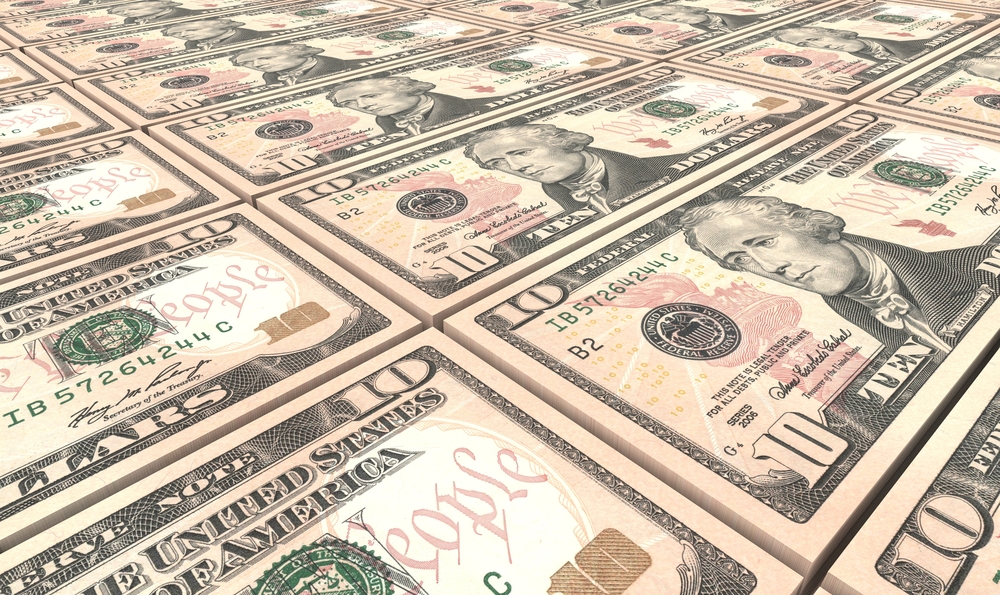Fed Rate Increase Didn’t Rattle the Market
Americans have spent a lot of energy worrying about what might happen when the Federal Reserve Bank raised interest rates. They have worried that an increase could hurt economic growth, and could be a setback for investors.
But a week after the increase, the effects have so far been pretty mild.
The Fed raised its target range for the federal funds rate on December 16th, for the first time since June 2006. This is a big move on the Fed’s part to try to prevent future inflation. In order to prevent market distortions, the Fed had done a good job of shaping the public expectation of the initial rate increase before it took place.
Now let’s take a look at what has happened a week after the rate increase.
First, the effective federal funds rate was up to 0.36 percent after the announcement on Wednesday, falling into the target range of 0.25 to 0.5 percent. This eased some earlier concern about the Fed’s ability to use effective tools to bring up the federal funds rate to its target range.
Second, the volatile stock market has been indifferent to the interest rate increase. Normally, higher interest rates bring down stock prices. But this has not been the case this week. Since last Wednesday, the S&P 500 has been up by 0.49 percent, the Dow Jones Industrial Average rose 0.03 percent, and the Nasdaq advanced 0.75 percent.
Third, U.S. Treasury securities rates have declined somewhat, instead of rising, after last Wednesday. Three-month Treasury bills, for instance, yielded 0.21 percent on Tuesday, down from 0.27 percent last Wednesday. The 10-Year Treasury bond rate was 2.24 percent on Tuesday, lower than 2.3 percent last Wednesday.
Mortgage rates also fell. Thirty-year fixed rate mortgages declined to 4.05 percent on Tuesday from 4.06 percent last Wednesday. 15-year fixed rate mortgages were 3.26 percent on Tuesday, compared with 3.29 percent last Wednesday.
Last but not least, the value of the U.S. dollar has barely changed against major currencies, including the Euro, the Pound, the Canadian dollar, the Yen, and so on.
To sum up, the small increase in the Fed’s policy rate has not had much of an impact on the market. However, the timing and the pace of raising rates in 2016 could play a critical role in the economy’s trajectory.









